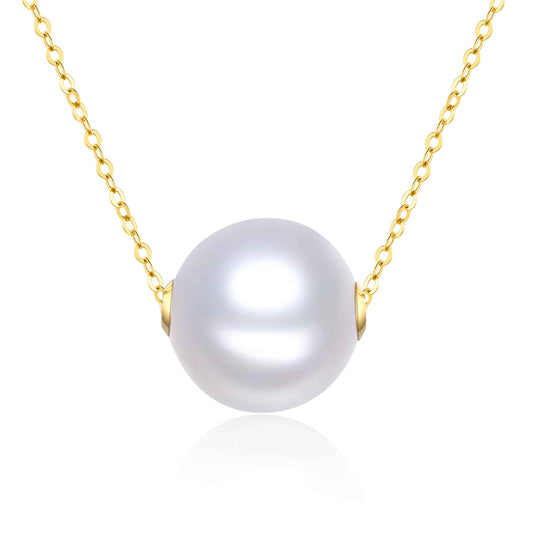
Coco Chanel: From Poverty to Pearls
Share
She Turned Her Poverty-Stricken Childhood into a Timeless Legacy of Style
One tends to believe that if you have a bad start in life, your future is doomed. But oysters teach us that if you keep your head up and continue working, you will eventually find a pearl inside. We believe that people are like oysters, and that we can channel our difficulties and obstacles in such a way that we take an ordinary – and sometimes not so ordinary – life and turn it into a pearlescent legacy. In honor of this unique human quality, we are publishing a series looking at women who have lived their lives like pearls. This is another installment of the Living like a Pearl series. Find the other stories here.
_________
She was born in a poorhouse hospice, the second child to Jeanne Devolle, a laundrywoman not yet married. Once her parents were married (forced to by her mother’s family after a second child was born less than a year later), she and her five siblings lived in an overcrowded, one-bedroom house with their parents. Her father, Albert Chanel, was a nomadic street vendor of clothes.
Who would have thought this was the start of the glamorous life of Gabrielle Bonheur ‘Coco’ Chanel?
Her childhood was marked by difficulty upon difficulty. When Coco – or ‘Gabrielle Chanel’ as it reads on her birth certificate because neither her parents could be at the registration – was only 11 years old, she lost her mother. Their father then sent the girls to an orphanage, and the boys to become farm laborers.
But someone who has grit and perseverance will find a way to not just survive, but eventually thrive. At the orphanage, run by a convent, Coco learned to sew, and she would eventually use this not just as a creative outlet, not just as a way to survive, but turn the skill into a world-renowned and coveted brand.
Of course, most lives take a few turns before they find their true path. And so the brilliant Coco, while working as a seamstress, also performed in cabaret shows, seeking a life in show business. It was through a romance with a wealthy heir in the textile industry, Etienne Balsan, that she ‘caught a break’: she moved into his large house and could for the first time ever, devote time to leisure and creativity, not just survival. So, she started designing hats as a pastime. And when she started an affair with Balsan’s friend, Captain Arthur Edward ‘Boy’ Capel, he financed her first boutique.
The rest, as they say, is history. Her brand rose to fame amongst the aristocracy and became synonymous with effortless, timeless fashion.
But like a pearl, it was the times of hardship – not leisure and happiness – that shaped Chanel’s enduring brand. The iconic Chanel bag, for example, was inspired by her unprotected life, which exposed her to many things noblewomen of the time would not have: the strap was inspired by the caretakers of the orphanage where she grew up, while the burgundy lining is said to resemble the convent uniforms. What’s more, her style referenced an easy, relaxed look made for a woman who does not fear getting her hands dirty with work or sport. Gone were the ruffles and tight bodices, and long hair. She was also the first to popularize jersey material, something that was traditionally seen as too ‘ordinary’ for couture. Who else, other than a laundrywoman and clothes salesman’s daughter, could see the benefit in a practical fabric like this?
Like the oyster takes its difficulty and turns it into a pearl, so Chanel used her worst days as inspiration for one of the greatest fashion brands of the 20th Century. It’s no wonder that Mademoiselle Chanel loved a good string of pearls so much: she herself lived her life like one.



